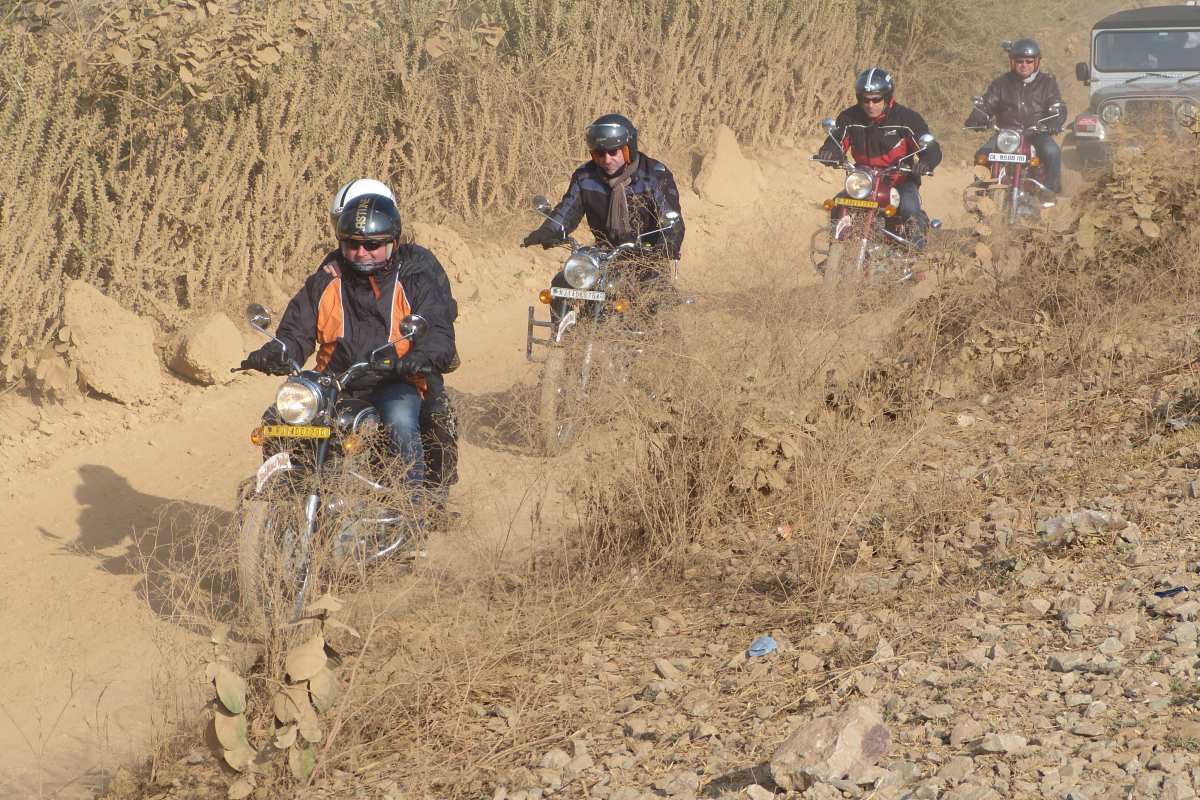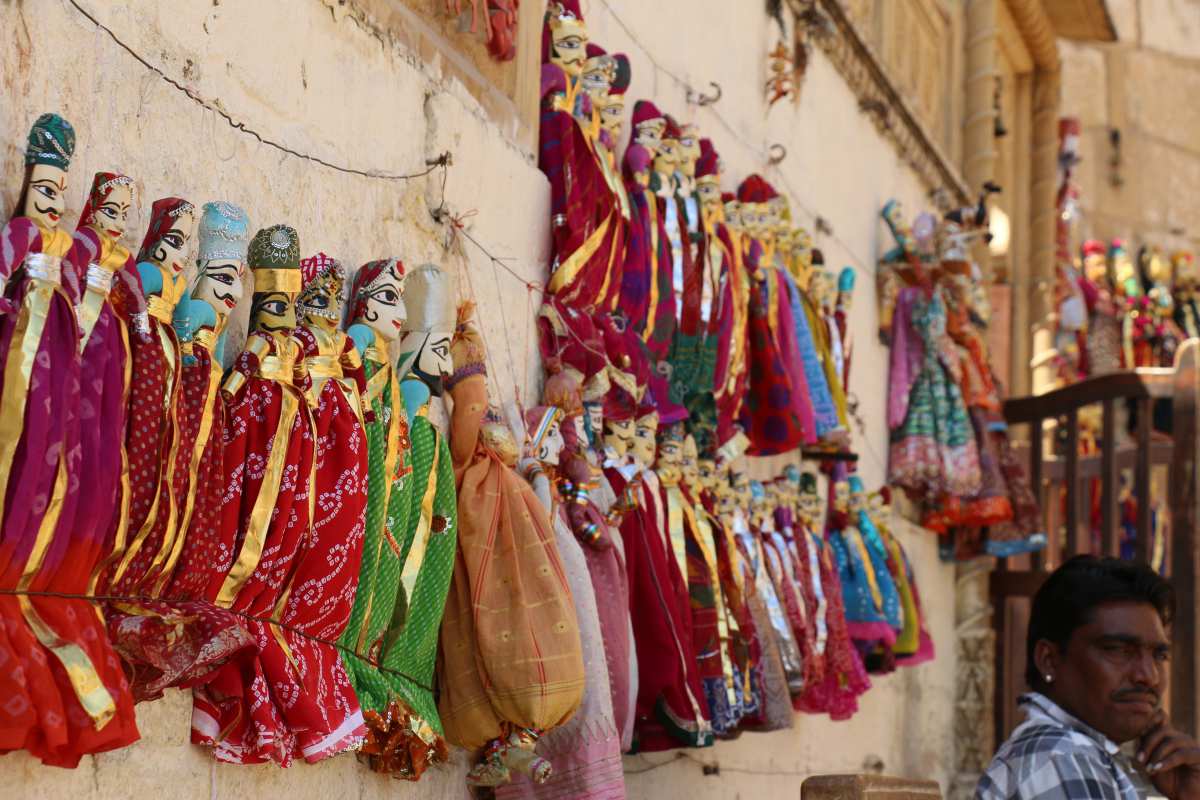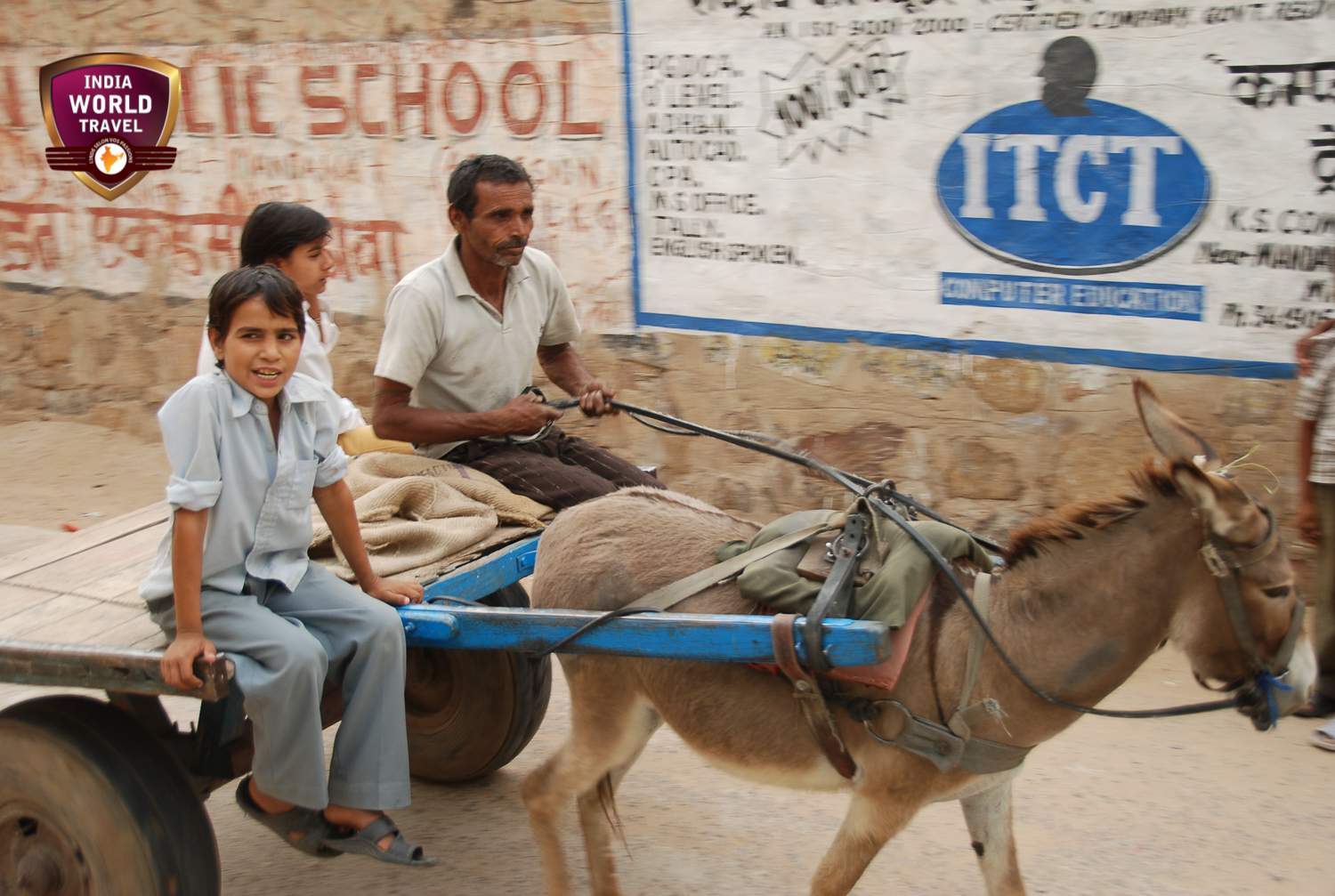A Motorcycle ride to Jaipur, Rajasthan’s capital, is an enthralling historical city and the gateways to India’s most flamboyant state.
The City Palace is an imposing blend of traditional Rajasthani and Mughal art and architecture. The City Palace complex houses several palatial structures. In the heart of the old Jaipur city, the City Palace occupies a large area divided into a series of courtyards, gardens and buildings. Jai Singh built the outer wall but other additions were made much later, some right up to the start of this century.
The palace is now a fine museum. It houses a remarkable collection of textiles, paintings, manuscripts, and extraordinary weapons. On display there are two huge urns of silver, said to be the largest silver vessels in the world. Nakkarkhana-ka-Darwaza, the imposing gateway of the City Palace guarded by stone elephants, is monumental.
The first building in it, is Mubarak Mahal.
Mubarak Mahal
Which was built by Maharaja Madho Singh II in the late 19th century as a reception centre. The Mubarak Mahal, which means Auspicious Palace or Welcome Palace, It was used to receive guests, hence its name. It is now a centre of attraction of the tourist because of the display of variety of textiles, especially the royal costumes.
To the north-west is the stately and graceful seven-storeyed Chandra Mahal.
Or the Moon Palace. This is the home to the present Maharaja Bhavani Singh, the present Maharaja of Jaipur. If the city flag is raise, it indicates that the Maharaja is in town. If in addition to that, the Imperial flag is also raised, then the maharaja is in residence at the Chandra Mahal.
The Chandra Mahal offers a marvellous view of the gardens and the city. Each storey has a distinctive name and is a place of great opulence. The ground and first floor of the Chandra Mahal is part of the Maharaja Sawai Man Singh II Museum. The museum houses an extensive collection of art, carpets, enamelware and 15th century weapons. Among the paintings are miniatures of Rajasthani, Persian and Mughal schools. A section of museum showcases uniforms and costumes of the former Maharajas and Maharanis of Jaipur.
Opposite the Chandra Mahal lies the Badal Mahal. The Govind Devji Temple stands in the middle of the Chandra Mahal and the Badal Mahal.
Govind Devji Temple
In the central arbor of the relaxing Jai Niwas garden to the north of the City Palace is a marvelous shrine dedicated to Lord Krishna. This is the most famous and popular temple in the Pink City and attracts devotees from all over the country.
Badal Mahal
Or Cloud Palace was the Hunting pavilion that was constructed in 1750 and lies towards the north end of the Jai Niwas Garden. Badal Mahal stands reverse to Chandra Mahal (City Palace) and although crossing the path, one would locate Govind Dev Ji Temple between them. It is adjacent to Talkatora. The ceilings of this five arched pavilion are painted in blue and white and traces of the cloud.
Diwan-I-Khas
The Diwan-I-Khas of Jaipur is an open hall with a double row of columns with scalloped arches. The main attraction here are the two massive silver vessels. These pair of silver vessels are figured in the Guinness Book of World Records as the biggest silver vessels in the world. They were used for carrying water from the holy Ganges for Maharaja Madho Singh II’s use during his journey to England.
Diwan-I-Aam
Across the paved square lies the Diwan-I-Aam of Jaipur, or Hall of Public Audience, the place where the maharaja comes to meet his subjects. Today it houses Afghan and Persian carpets, miniature paintings, astronomical manuscripts in Persian and Sanskrit. At the other corner is Ridhi Sidhi Pol, a gateway with four small doorways.
Note: Articles in this series will cover all the places covered by Indian Rides team with groups from all around the globe on a Motorbike, 4×4 and other adventure tours operated under North India adventure itinerary.





![[ VOYAGE MOTO AU GUJARAT]
Une expérience hors des sentiers battus à moto
📆 Prochain départ du 16 Dec 29 Dec 2024
🕧 Durée : 16 jours
Plus d'infos, ici 👉 https://rb.gy/y8fbpg
#IndianRides #Gujarat #offbeatTravel #Voyage #moto #AventureMoto #MotoInde #VoyageMoto #IndianEscape #IndianExperience #Inde #IndiaTravelgram #Travelling #Traveling #Traveladdict #voyageaventure #passionvoyage #voyagerloin #voyager](https://www.indianrides.com/motorcycle-tour-blog/wp-content/plugins/instagram-feed/img/placeholder.png)
